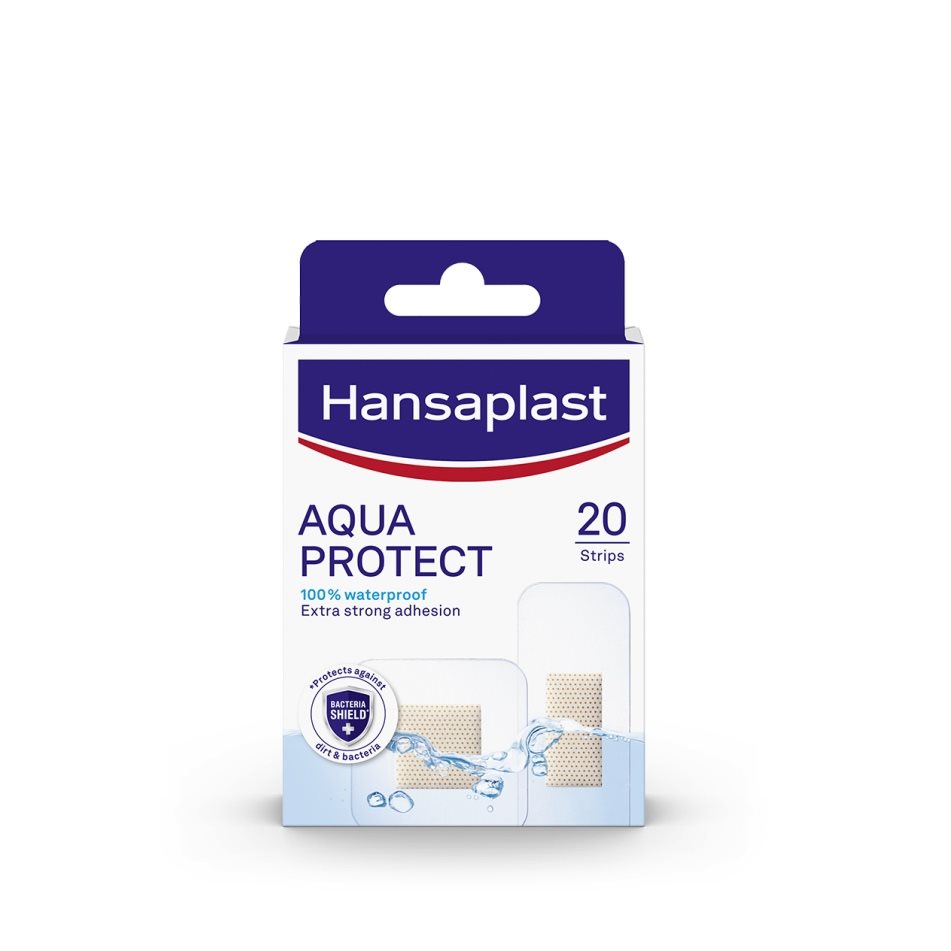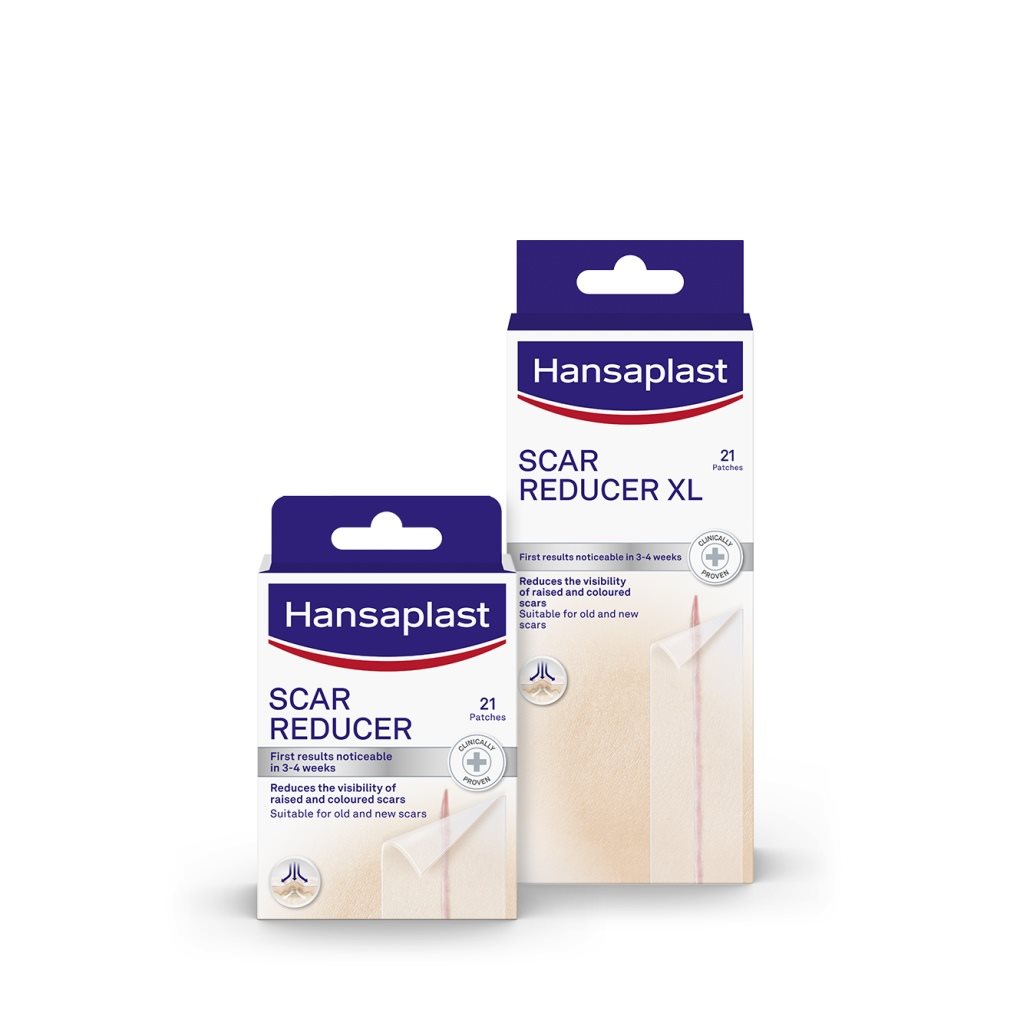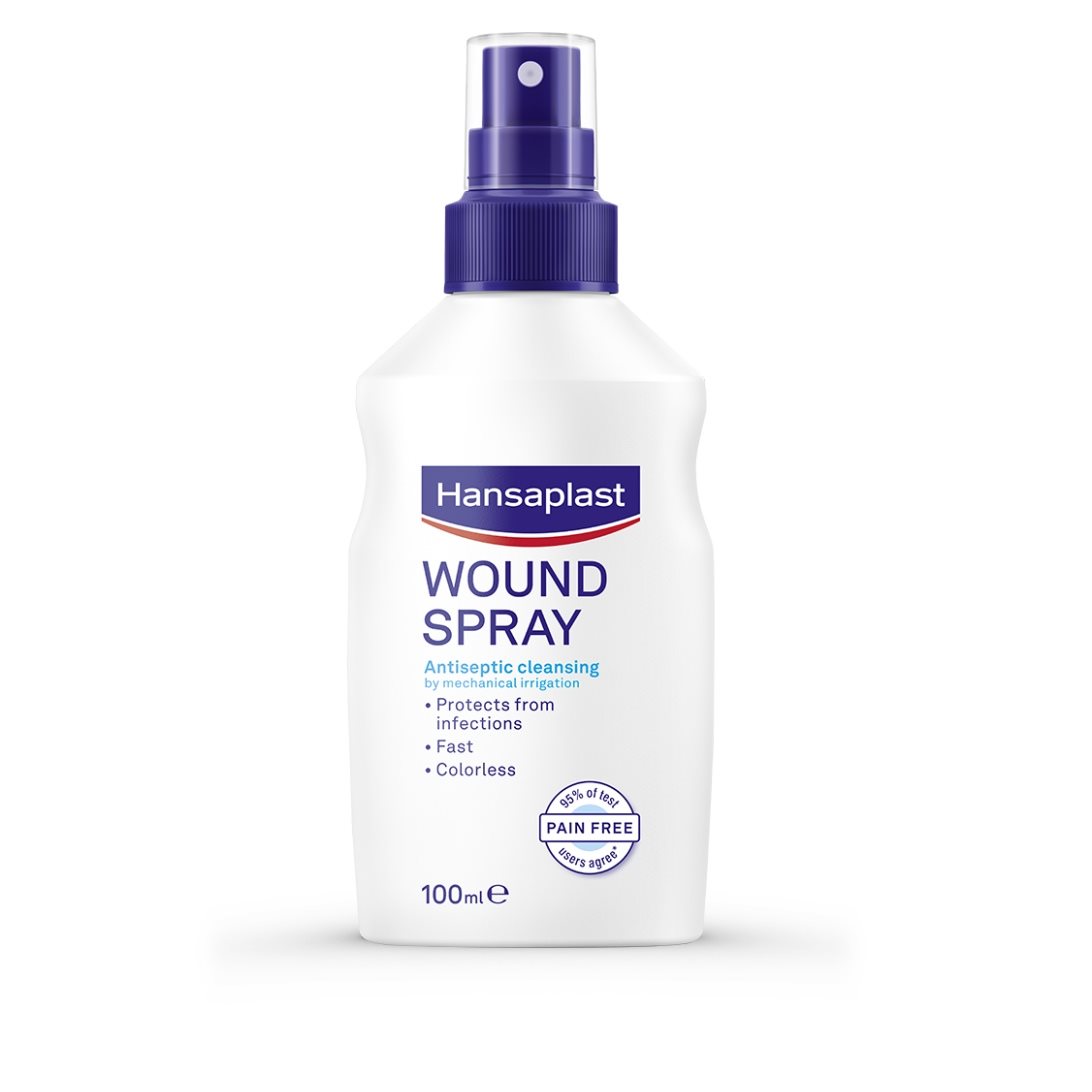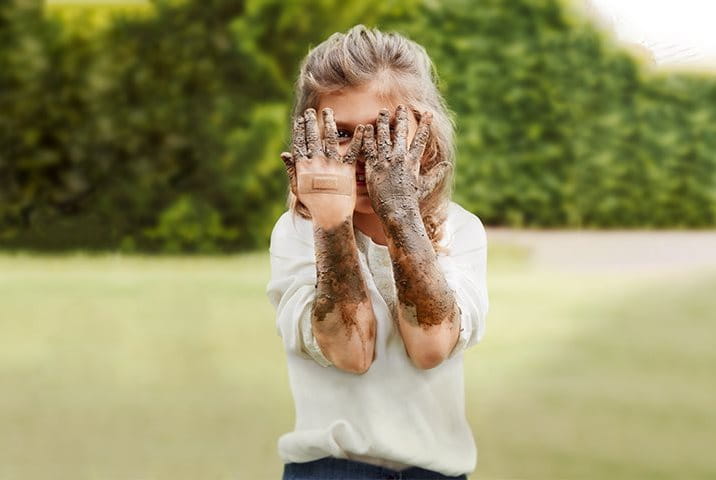Do you have fragile or dry skin that is prone to irritation and redness? Is your skin especially vulnerable due to diabetes or neurodermitis?

Very sensitive skin is a common condition that is affecting many people among all age groups and occurs in various forms. While the cause might be different, the need for extra soft and gentle skin care treatment which does not damage or irritate the skin is the same for everyone affected.
Especially the very young and the elderly are concerned by very sensitive skin, which is often fragile and easily damaged. As skin is developing over time, the skin of babies and children is thinner and more delicate than adult skin. It is more sensitive to external influences and needs an extra special and sensitive care. Also, with the aging process, skin is staring to change in terms of texture and appearance. Symptoms such as redness, dryness and a rough texture as well as a feeling of tightness can occur. And again, the sensitivity to external factors is increasing. But it is not only the very young or elderly that are affected by sensitive skin, in a study of plaster users, about 47 percent identified their skin to be (very) sensitive.1
01 Mindline, Usage & Attitudes - Regular Wound Plasters, December 2021,Germany, Mexico, Indonesia, Australia
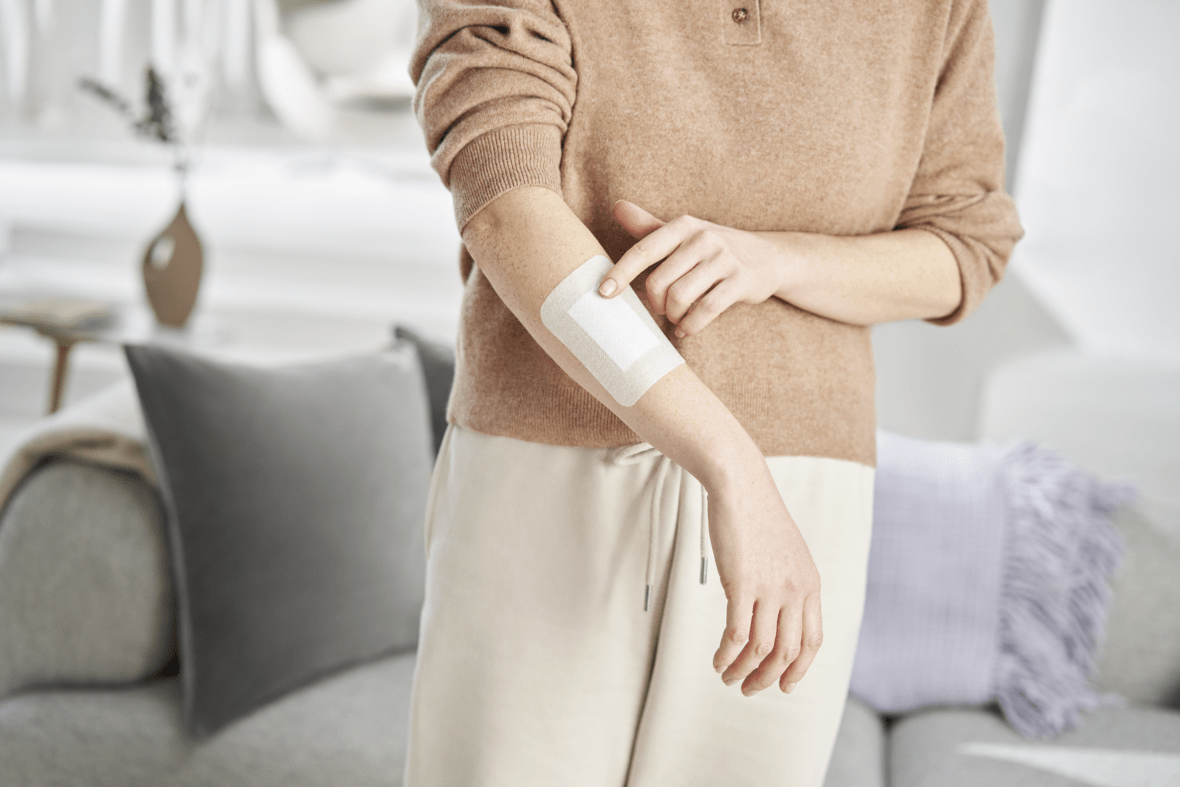
Sensitive skin is also a common symptom of different (skin) conditions or disorders. People suffering from skin disorders such as eczema, dermatitis, or allergies often have an especially sensitive skin that needs special care to prevent from redness and itchiness. The skin of people affected by diabetes is often very dry and scaly and might have itchy rashes or tiny blisters. And diabetics tend to get painful skin infections. For everyone suffering from any condition with (very) sensitive skin, it is crucial to have proper treatment.
Having wounds with very sensitive skin
Not only in professional wound care, but also in self-treatment of everyday wounds, the need for dressings that do not cause skin damage and pain when removed is high, particularly when delicate, sensitive, and easily irritated skin is involved. The removal of the adhesive may detach layers of keratinocytes and structures of the superficial layers of the skin. This affects the integrity of the skin, but may cause pain and discomfort, increase the risk of complications, or delay wound healing.
When treating wounds on sensitive skin, it is important to use a plaster that is particularly soft on the skin, does not cause damage and is designed to cause as little injury to the skin as possible when it comes off.
Hansaplast Ultra Sensitive Plasters are the optimal solution for very sensitive skin
Clinical studies prove that Hansaplast Ultra Sensitive plasters, compared to traditional wound plasters, offer a gentle and skin friendly removal with minimal skin damage and without causing pain. 100% of users agreed that the plaster can be removed completely painfree.2
02 Kuhlmann M. et al. Adhesive properties of a first aid dressing with silicone adhesive in comparison to an acrylate-based adhesive, n=30. EWMA Amsterdam, NL. 2017

The Bacteria Shield shows that Hansaplast Ultra Sensitive plasters securely protect against 99% of dirt and bacteria which protects the wound from getting infected.
